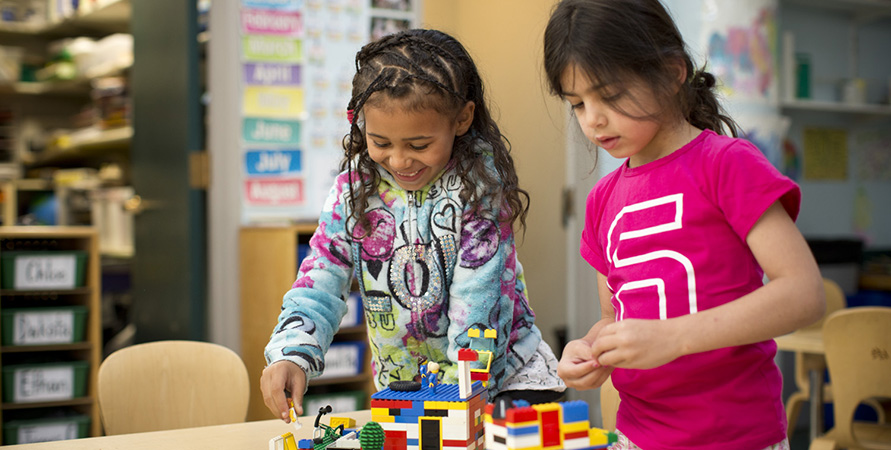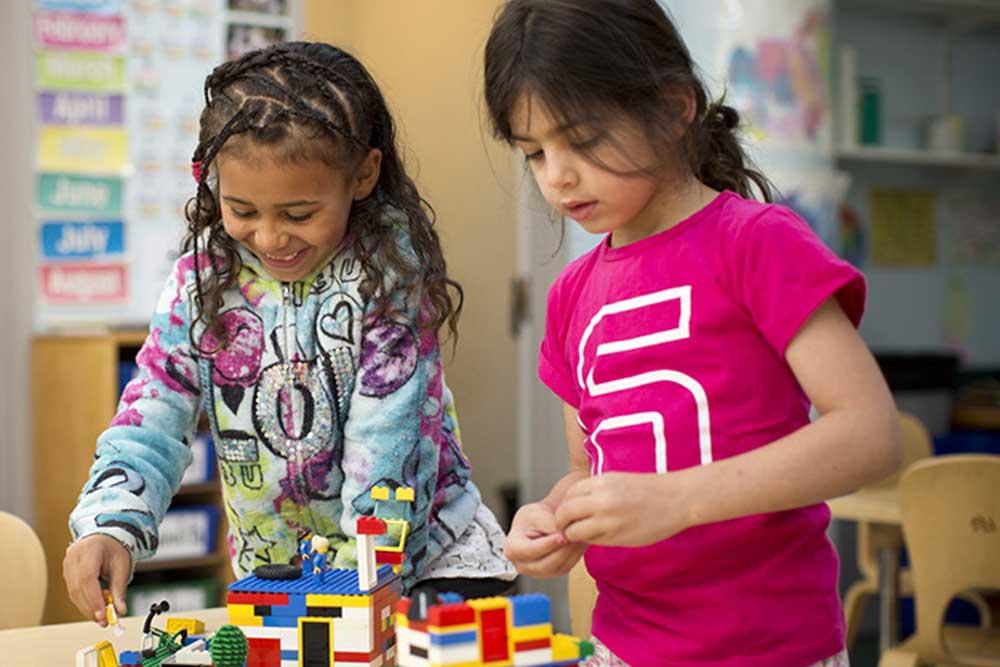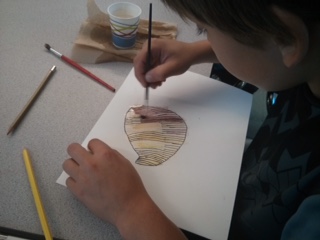 Last week Louise and I came off a 6 week fall road trip: Boston, Buffalo, St. Louis, Memphis, Indianapolis, and back to Boston. Throughout we were working with our client schools…and friends. In future blogs we’ll catch up on more specifics from our experiences with each stop, but for now I’d like to point to the book ends of the trip, Buckingham Browne & Nichols (BB&N) in Cambridge, Massachusetts.
Last week Louise and I came off a 6 week fall road trip: Boston, Buffalo, St. Louis, Memphis, Indianapolis, and back to Boston. Throughout we were working with our client schools…and friends. In future blogs we’ll catch up on more specifics from our experiences with each stop, but for now I’d like to point to the book ends of the trip, Buckingham Browne & Nichols (BB&N) in Cambridge, Massachusetts.
In the beginning of October Louise and I spent a day with the BB&N preprimary (“Beginners”) through second grade faculty. We helped them to initiate a Lead Learning Team including administration and faculty representatives to ensure that leadership was shared by all involved in this Professional Development initiative. We focused on reorganizing some of their classrooms to demonstrate how much the environment can create contexts for dynamic, engaged learning. We helped develop a pattern of planning meetings with protocols, where teachers could reflect on their projects and wonder about new ways to approach old studies. When we returned five weeks later, we were struck by the changes underway. Perhaps most impressive... at the end of the day with the whole group of about 20 teachers and administrators, two teachers, a second grade teacher and a science teacher, presented work they’d done over the past month.
The second grade teacher, Susan Kinsky, described how she transformed a typical, My Hopes and Dreams project (something she’d done every year for while…the same way) into a dynamic investigation of how personal strengths weave together in a classroom community. What had been a one day, even one period exercise was transformed into several days of intermittent and ongoing discussions, compositions, reflections, revisions, and creative problem solving. Their emblematic product was a “quilt” of their ideas.
Susan’s told us that her goal at the outset was to genuinely engage the students in making something meaningful and aesthetically pleasing. She also confided that while she wanted to pull out/allow more student voice, she also wanted to maintain some control. And, she also wanted to slow down…to allow time for thoughts and ideas to evolve.
In the end she observed that:
the students did become genuinely engaged…that they were happy to spend more time
they used each others work for inspiration and were naturally inclined to work on a series of drafts
their images became pure and honest
they discovered cardboard for the background and the ribbon to unify the piece
their partnerships were generative…aspirational
they invented strategies for collaboration and for building consensus
The science teacher, Maria Elana Derrien, described how she rethought an often used “unit” on drawing and reporting on a plant or animal. Her innovation began with the idea we had planted in October, to encourage the use of many drafts. We had shown the faculty the marvelous video of Ron Berger revisiting this idea with a group of students, looking at Austin’s Butterfly. Similar to the second grade teacher’s experience, what had been a straight forward one or two period unit in science, turned into an eight session, complex investigation into individual life forms in their animal tank: entailing close observation of detail, work on multiple drafts of drawings, discovery of new resources and several drafts of summary reports.
Maria Elena shared the following reflectons:
the drawings were not so much about talent, they became more about close observation
it became about seeing details…real observation came from themselves, not from me… they were developing a habit of mind for precision
the students enjoyed going deeper…spending more time…working harder
the students worked together naturally…they became a strong learning community
Susan and Maria Elena transformed what I think of as standard “units” into explorations/investigations that were more open to real discovery; that engendered good hard work; and that resulted in high level achievement. Along the way, the time they spent resulted in much deeper thinking and more meaningful understanding. And YES, the basic skills of reading, writing and logical thinking were significantly developed as well.



